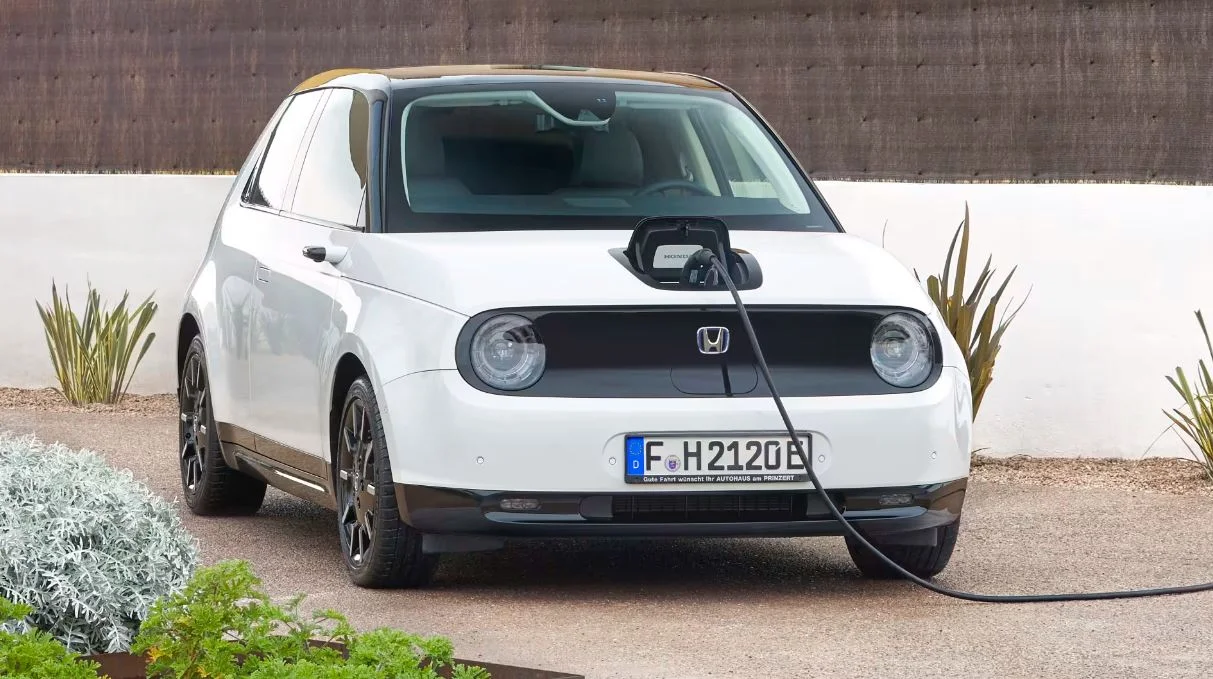In a move that reflects the shifting preferences of car buyers and the challenges faced by electric city cars, Honda has made the decision to discontinue its retro-styled Honda E electric hatchback. Despite its distinctive design, advanced technology, and driving dynamics, the Honda E struggled to gain traction in the market, leading to its removal from showrooms in Europe and Japan. This blog post delves into the reasons behind the discontinuation of the Honda E, highlighting factors such as slow sales, a high price point, and the overwhelming popularity of SUVs.
The Rise and Fall of the Honda E
Introduced in 2020 as a response to the growing demand for electric city cars in Europe and Japan, the Honda E was positioned to spearhead the Japanese automaker's foray into the electric vehicle market. However, with a starting price of nearly €35,000 (approximately $AU60,000) and a limited driving range of 200km to 220km, the Honda E faced significant challenges in capturing consumer interest.
Sales Struggles and Discontinuation
Despite its unique charm, the Honda E failed to meet sales expectations. Over the course of two full years on the market, Honda reportedly sold only about 5500 units in Europe, falling significantly short of its annual target of 10,000 deliveries. These lackluster sales figures ultimately led to the closure of orders for the vehicle in Europe and the UK. Moreover, Honda Japan announced that production of the Honda E would cease in January 2024, marking its official discontinuation once existing inventory is sold out.
Market Dynamics and SUV Popularity
The decision to discontinue the Honda E can be attributed to several factors, with one prominent factor being the growing popularity of SUVs. Rebecca Adamson, head of Honda UK's cars division, explained that market demand in the UK is predominantly focused on SUVs. As a result, Honda's product lineup has shifted to cater to this demand. While the Honda E brought new customers to the brand with its distinctive design and advanced technology, it failed to align with the prevailing market trends.
Looking Ahead
With no plans for a second-generation Honda E or another similarly-sized electric vehicle, Honda's future direction lies firmly in the realm of SUVs. The company has already introduced the e:Ny1 electric SUV in Europe, based on the popular Honda HR-V model. By prioritizing SUVs and expanding their hybrid, plug-in hybrid, and electric car offerings, Honda aims to align its product lineup with consumer preferences while also embracing sustainable mobility solutions.
Summary
The discontinuation of the Honda E serves as a testament to the challenges faced by electric city cars in an increasingly SUV-dominated market. Despite its distinctive design and technological prowess, the Honda E struggled to gain widespread appeal due to its high price point and limited driving range. As Honda shifts its focus towards SUVs and expands its range of hybrid and electric offerings, it remains committed to meeting evolving customer demands while also embracing sustainable mobility solutions for a greener future.
(This article is sourced from drive.com.au and curated by Thtransporteronline24)



